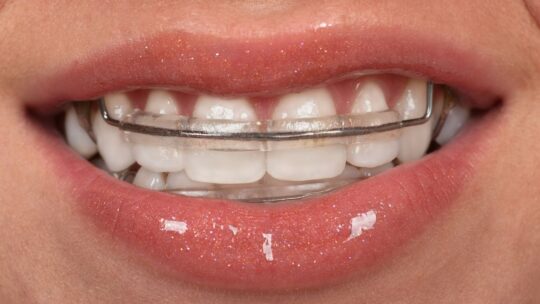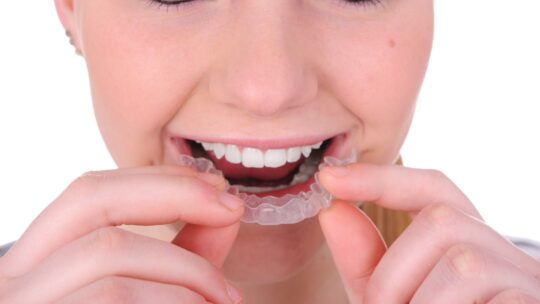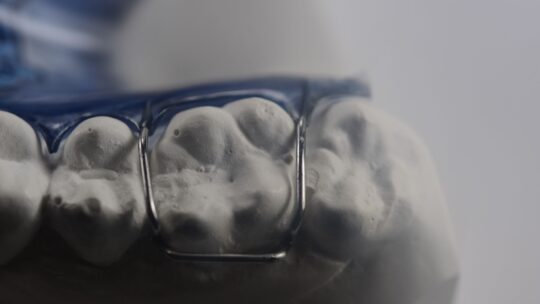
Everyone wants a great smile, but sometimes it takes a little work to get there. You may have had braces for a while or just received the news that your dentist wants you to wear a retainer. Either way, retainers are an excellent tool to create and maintain a fantastic smile. Check out this guide to learn everything you need to know about life with a retainer.
Do I Really Need to Wear a Retainer?
They Can Be Permanent
There are a few different ways people start wearing retainers. Sometimes people wear them to keep their teeth straight after getting their braces removed. Other times, retainers actively straighten crooked teeth.
You might look forward to the day when you can stop wearing them altogether, but that isn’t always the case. Many people wear their retainers every night after their dentist or orthodontist says they don’t have to use them during the day anymore. It’s a nightly routine that can last for years, but it’s a simple change that’s an easy adjustment.
They May Take a While
If you’re planning on using retainers to straighten your teeth, you’ll have to go through multiple sets as your alignment changes. It could take a few months or even longer than a year. Your orthodontist or dentist will recommend a specific timeline for your case.
The timeline may not seem like a big deal, but each new fitting and retainer set will incur additional fees. Sometimes people pay up to $5,000 throughout their treatment, while others pay as little as $1,000. Discuss payment options and financial resources with your oral health clinic to find the best financial plan for your needs.
They Might Be Clear
Retainers don’t always have an obvious metal wire running along the front of your teeth. Sometimes they’re clear. This is a popular option for adults who feel embarrassed about getting dental work that teenagers and children often need. A clear set isn’t noticeable and may even feel more natural in your mouth once you get used to wearing them.
They Can Lose Their Shape
The downside to clear retainers is that they will lose their shape over time. You won’t have a firm wire keeping them snug, so you’ll have to replace them eventually. Some retainers last for several years, while others may become loose after a few months. Your orthodontist will recommend a replacement schedule depending on your course of treatment.

They Occasionally Break
Retainers sometimes break if you grind your teeth at night or bite down after putting them in the wrong way. Wired retainers could snap, or clear retainers could crack. Either way, they won’t be as effective if they break. Make an appointment immediately after your retainers break to fix or replace them and stay on track with your treatment schedule.
The Harbor Bacteria
Even though you can’t eat with your retainers in, they’ll still become homes for bacteria. Sitting in wet containers and going without daily cleanings allows bacteria to thrive on both types of retainers.
Research shows that you can effectively remove bacteria buildup with disinfectants, but you can also clean them with your toothbrush. Ultrasonic cleaners are another option too, which shake off buildup that you might not get with toothbrush bristles. Experiment with the cleaning resources recommended by your orthodontist or dentist to find what works best for you.
They Could Get Lost
People often lose their retainers at mealtimes or while drinking beverages like coffee and tea. They might place them in a napkin on their lap and accidentally throw the napkin away. Sometimes the retainers fall under tables or behind household objects.
It’s always wise to use your designated container whenever your retainers aren’t in your mouth. One will come with your initial set, but you might want to look into getting an extra container or two for the car, workplace, or wherever you are when you’re on the go.
They Might Hurt Your Gums
When you start wearing new retainers, your teeth will become sore because they’re shifting into place. Most people don’t expect to also have gum issues. The clear retainers might have sharp edges that you need to soften with a nail file to avoid cutting into your gums.
It’s critical to pay attention to pain or to bleed when starting a new set of retainers. They should have a natural fit to your teeth after a bit of filing and a few days of adjustment. If you’re still uncomfortable after a week, consult your oral health clinic. The retainers may have a bad fit that requires a free replacement.

Learn More About Retainers
This guide should solve any potential concerns if you expect to have a retainer in the coming weeks or months. Now that you know what to expect from your upcoming treatment talk with your orthodontist or dentist. They can answer any remaining questions or address your nerves so you can feel confident about straightening your teeth or maintaining your smile.























